Articulated streamers designed to imitate large meals are all the rage lately especially with the crowd that likes large fish. I suppose that includes most of us, though once you try casting those beasts you might reconsider. That is, until a large trout slams the thing, then it's all worthwhile.
The reality is that most of us spend a lot of time casting more modest flies to trout of the more common variety. This time of year the game gets smaller and smaller as we move into midge and olive season. A buddy recently wrote me about a pending fishing trip. The advice was that we'd start at size #18 flies and work our way down until we found the sweet spot probably around #22 or less.
Since we're only seeing small flies hatching, it's not a big leap to assume that's all that's in the water column. And while it might be true that these smaller bugs are the majority of the fauna all those bugs that hatch in warmer months have to be live somewhere off peak. It's no surprise that they're living underfoot.
Last weekend my Trout Unlimited chapter held their annual macroinvertebrate sampling of local rivers. It's a volunteer program run in conjunction with the state. By seeing what types of bugs are in the water you can get a very good sense of the water quality. Some bugs, like large stoneflies and Isos, will only live in waters that are clean and cold so more of those are a good thing. While the sampling is purely a conservation activity it does have a practical angling application.
I had the chance to sample two pieces of water that I hadn't been on before. In a region where large stoneflies are not a major hatch I was astounded to see perhaps two dozen yellow stones in one of the samples. I was told later that this stretch of water is renowned for it's quality bug life and the commensurate quality trout. Sadly the land is privately owned and closely guarded though a short way downstream I'm now seeing some possibilities.
More surprising was the second location. It is a little trickle that meanders through a local park. Even at high water this stream could be leaped in a single bound and with the low water we've been experiencing the feat could be accomplished by a toddler. I had low expectations of finding anything meaningful at this site.
More Like This
Much of the samples were comprised of sand, pebbles and leaves. Much of the sorting time was spent picking bits of detritus and examining these common objects closely to see if something extraordinary lurked on them. At first I found nothing but as my eye got accustomed to the scale it was astounding to see what life exists among the cobble of this unremarkable stream. There were small stoneflies, isos, mayflies of many varieties and a few caddis. Aside from the lack of large stones, this small trickle was every bit as fertile as the larger stream.
Every year I participate in the sampling I learn something. Two years ago it was that a certain stream has a small orange caddis nymph. I tied up a few imitations and did well the next day. This year I have ideas about a whole new program on a small river that is apparently chock full of yellow stones. And while I'm looking forward to applying this angling knowledge on the water what really sticks with me is the importance of good habitat on water quality.
The small stream that runs through the park has a deep vegetative buffer and good structure to keep the banks in place and the water shaded. The stewards of this place have paid attention to the smallest details to ensure that those tiny bugs have a place to flourish and that small trout have a place to feed.
I'll be tying up some small flies for the upcoming trip. But I'll also keep in mind that even during this time of wee bugs there are larger creatures in the river that might just be a good snack for an eager trout.
Steve Zakur can be found casting wee bug imitations on the rivers of western Connecticut. He also writes at sippingemergers.com and for various magazines when he's not sifting through stream bottom muck for creeping creatures.




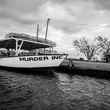
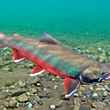

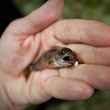



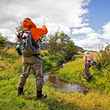
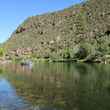



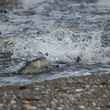
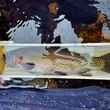



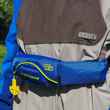
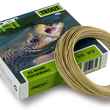



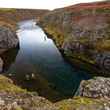
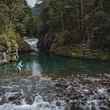


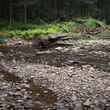
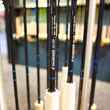
Comments